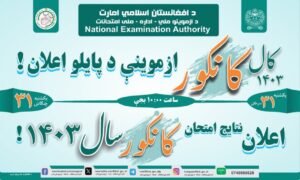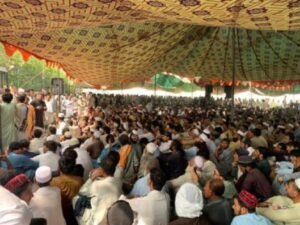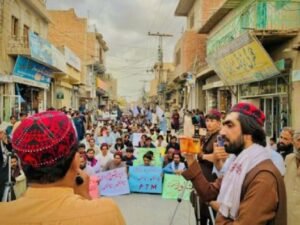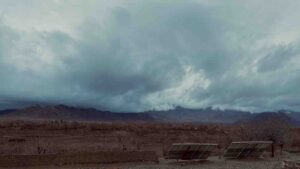Resisting the Taliban: The Dynamics of Emerging Armed Opposition Movements in Afghanistan
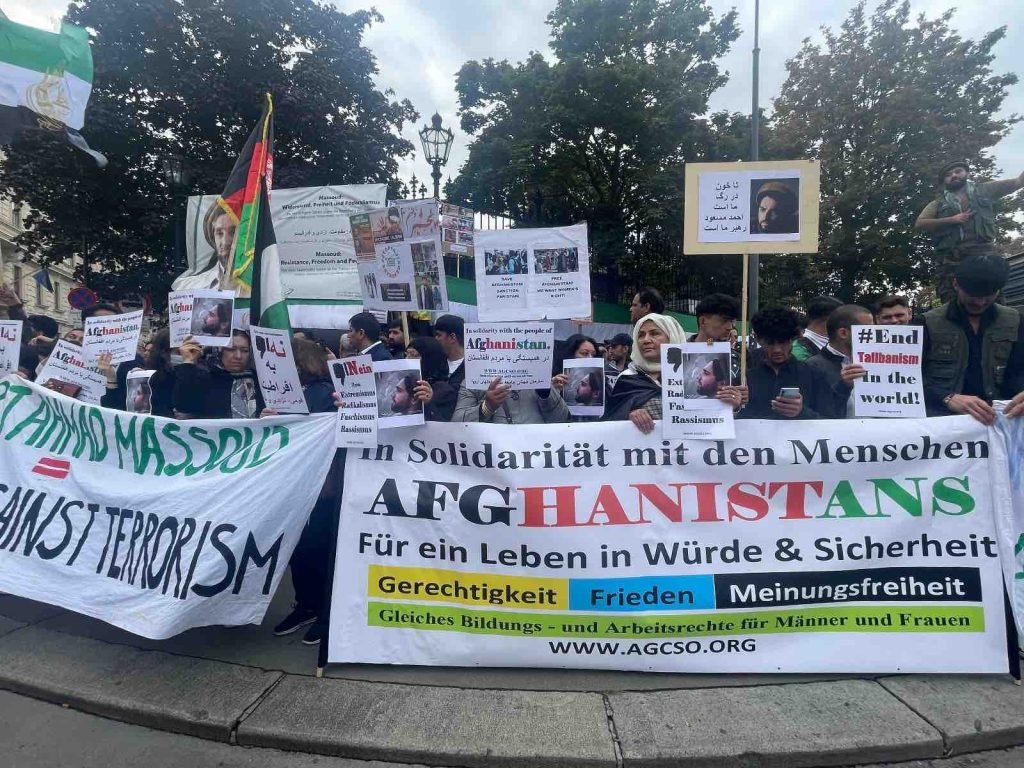
Anti-Taliban demonstration in Vienna by the Afghan diaspora in support of the so-called "National Resistance Front (NRF)" in September 2022. Photo: @Ali Ahmad
By Ilhamuddin Afghan
The resurgence of the Taliban in Afghanistan has prompted a notable shift in the political landscape, marked by the emergence of new fronts of opposition. These armed resistance movements, albeit facing numerous challenges, signify a potential challenge to the Taliban’s authority.
One prominent figure leading the charge against the Taliban is Ahmad Masoud, the son of the former warlord, Ahmad Shah Massoud. Frustrated by unsuccessful negotiations with the Taliban, the junior Masoud took up arms, urging Afghans to revolt. He formed the group “National Resistance Front (NRF)” after the Taliban regained control of Afghanistan on the 15th of August 2021. His front has occasionally fought the Taliban, taking casualties along the way. The Taliban assassinated renowned NRF spokesman Fahim Dashti in Panjsher in September 2021, sparking a fury among the Taliban’s opponents.
Despite lacking international support, Massoud and his NRF faction have participated in meetings abroad, including the Paris Peace Forum on the 10th and 11th of November. The charismatic leadership of Massoud brings a sense of continuity to the resistance, drawing on the legacy of his father.
Another front expressing military opposition is led by Yasin Zia, a former Chief of Afghan Army Staff. The Freedom Front, under Zia’s leadership, criticizes the influx of Pakistani Taliban to the north, foreseeing demographic shifts and long-term consequences for the region. While these armed resistance fronts communicate their actions mainly through social media, the veracity of their claims remains challenging to independently verify due to media limitations. The Freedom Front’s stance highlights concerns about the Taliban’s strategies and policies, particularly regarding regional stability.
Critics argue that, militarily, these opposition groups lack the strength to pose a severe threat to the Taliban government. Esa Khan, a former army colonel, emphasizes their weakness in terms of military equipment and support. Some analysts assert that the Taliban’s power, solidified through an agreement with the United States, will persist unless external support to the Taliban diminishes. The challenges faced by these opposition groups underscore the complexities of navigating a landscape dominated by a well-established insurgent force.
Afghanistan United Front (AUF)
In another development, Sami Sadat and Khushal Saadat, two generals from the deposed republican government backed by the U.S.-led NATO forces, along with other former government officials, declared war on the Taliban and established the “Afghanistan United Front” in the United States. AUF raised the tricolor flag of Afghanistan, which Sadat had hauled down in the southern Helmand region. Sadat promised to promote national cohesion, restore the tricolor flat in Afghanistan, and reestablish a legal system based on the country’s most recent constitution.
This development raises questions about the role of external actors and the potential for these groups to garner support internationally. However, the decision to open an office in the U.S. is met with skepticism, especially considering the complexities surrounding regional politics.
Balancing Afghan Resistance Dynamics
It doesn’t appear that many of these newly formed armed resistance groups against the Taliban represent a significant threat to the Taliban’s power, given the lack of regional and international support for them. But, given that breakaway groups like Daesh (ISIS) have taken credit for significant strikes in Kabul, worries are raised about their ability to take advantage of the circumstances. Over the previous two years, Daesh has carried out some of the worst attacks in Afghanistan on civilian targets.
The international community faces a dilemma in deciding whether to recognize these emerging movements as a viable alternative or to encourage reconciliation with the Taliban. While some argue that legitimizing the Taliban could lead to a coalition government and Afghans regaining their rights, others believe that failure to do so may fuel the growth of opposition movements, posing a substantial long-term threat to the Taliban’s rule. The path forward remains uncertain, contingent on the dynamics of popular legitimacy, international recognition, and the evolving socio-political landscape in Afghanistan.
The evolving landscape of opposition movements against the Taliban in Afghanistan reflects a complex interplay of historical legacies, regional dynamics, and the consequences of international agreements. As Ahmad Massoud, Yasin Zia, and other leaders navigate this challenging terrain, the implications for the future stability of Afghanistan remain uncertain. The international community’s response to these emerging forces will play a pivotal role in shaping the trajectory of Afghan politics in the post-Taliban era.
Ilhamuddin Afghan is a university professor based in Afghanistan.
Note: The contents of the article are of sole responsibility of the author. Afghan Diaspora Network will not be responsible for any inaccurate or incorrect statement in the articles.


